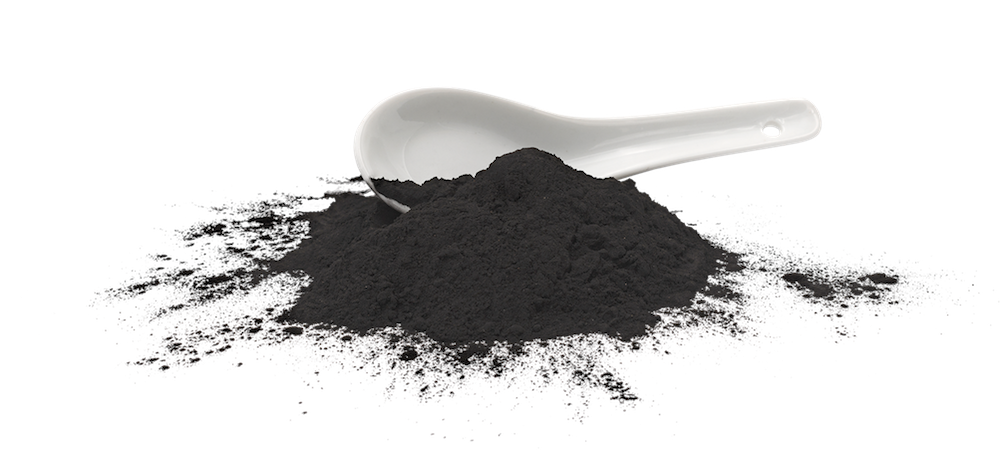Cannibalism and necrosis: It starts in the gut
Cannibalism and necrosis in pigs represent challenges in pig husbandry that are of relevance both to animal and business welfare. So-called “problem animals” can cause additional costs of up to € 17 in fattening or, in the worst case, may even be rejected at the slaughterhouse (HOSTE 2012). The routine docking of tails to prevent tail biting is only permitted under certain conditions with a special permit. According to one study, however, the lack of docking means that around 60 % of pigs are affected by cannibalism (PÜTZ et al. 2011).
When healthy, the injured animal exhibits avoidance and defensive behaviour towards the biting adversary. This behaviour does not occur if necrosis appears (for example on the tail or ears) since the itching that develops permits biting by other animals. This acceptance behaviour leads to injuries and creates entry points for pathogens. Alongside various infectious causes, endotoxins and mycotoxins are known to be non-infectious triggers of necrosis. Mycotoxins can be transferred from pigs to piglets via food, but also through the womb and through the sow’s milk. In the small intestine, mycotoxins weaken the intestinal barrier and also make it easier for endotoxins to cross into the bloodstream. If these accumulate, clotting disorders can develop.


One sepsis model demonstrated that endotoxins can be partially responsible for the development of cyanosis (skin discolouration resulting from a lack of oxygen in the blood) at the edges of ears and tails in piglets. As the model progressed, the first necrosis developed from the cyanotic areas. This development can be traced to blockages in blood vessels (HAMILTON et al. 1978). More recent studies describe endotoxins as co-causatory agents for MMA. This means that sows, especially through the transfer pathway described above of milk to the piglet, can be of significance in relation to cannibalism and necrosis. It can therefore be stated that a permeable intestine and the associated transfer of toxins can cause the blood to clot and thus contribute to the development of necrosis.
Stabilisation of the intestinal barriers for a healthy intestine

We recommend WH67® products for supporting and stabilising the intestine. The humic acids maintain and strengthen the intestinal barrier and natural gut function. They support the natural detoxification function when certain myco- and endotoxins occur. The intestinal passage is favorably influenced and feed conversion can be improved. This is why the integration of WH67® products into your feed concept is so important when cannibalism and necrosis occur.
You can find more information here WH67®.
We are glad to answer your questions!
Phone: +49 2581 94102-0
Telephone consultation, weekdays 8:00am – 5:00pm
info@gites-gmbh.de
Our 24/7 contact

